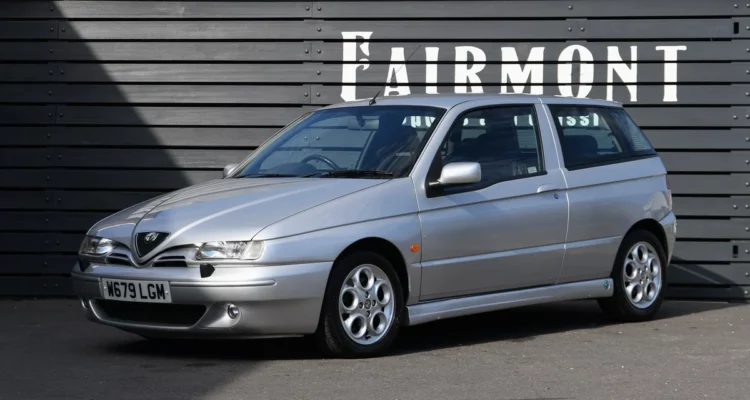How To – Measure Your Wheel Offset
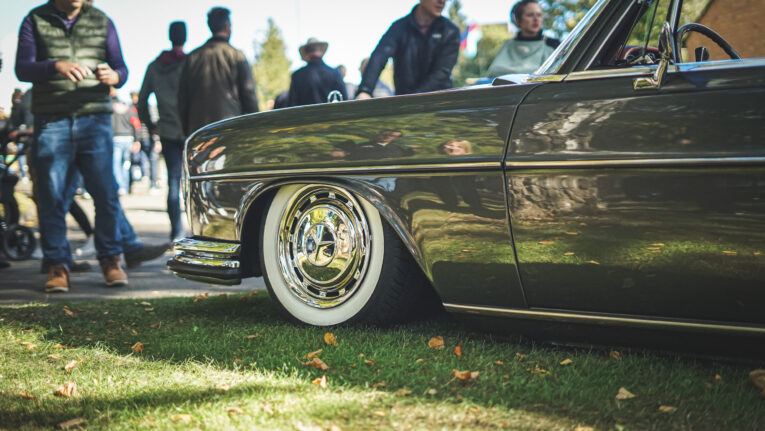
Difficulty
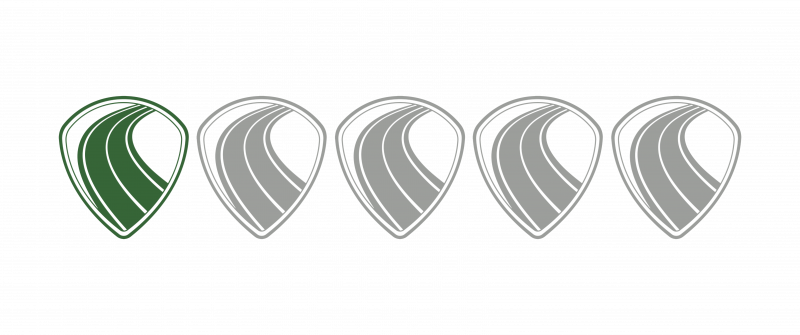
What Do I Need?
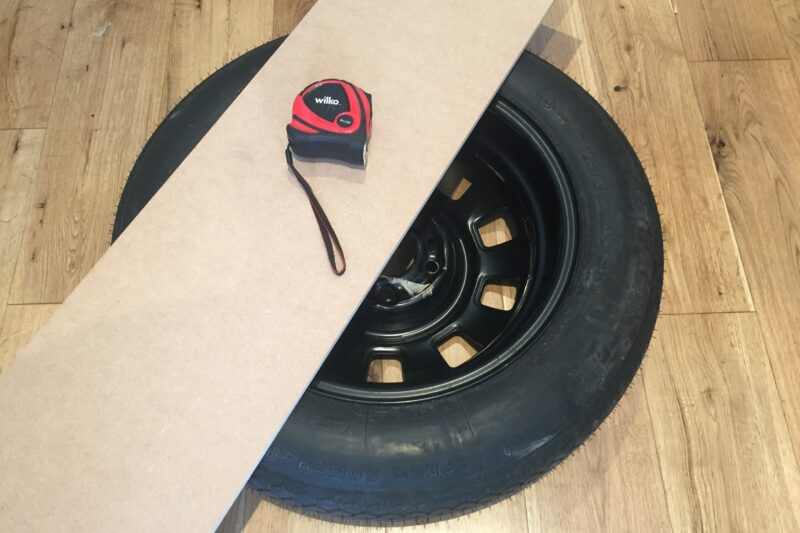
The wheel you want to measure the offset for
Tape measure or ruler
Straight edge (we just used an old wooden shelf)
Calculator (optional, depending on your ability to do simple maths)
Why Should I?
Wheels can make or break a classic. Whether it be fitting more modern fare to your car to improve performance and grip, or undoing someone’s terrible decision to put three-spoke alloys on an MG B, choosing the correct wheels is not a decision to be taken lightly. Wheels not designed for your particular car can not only look plain wrong but can also potentially be downright dangerous and many a classic have been ruined by poor wheel choices.
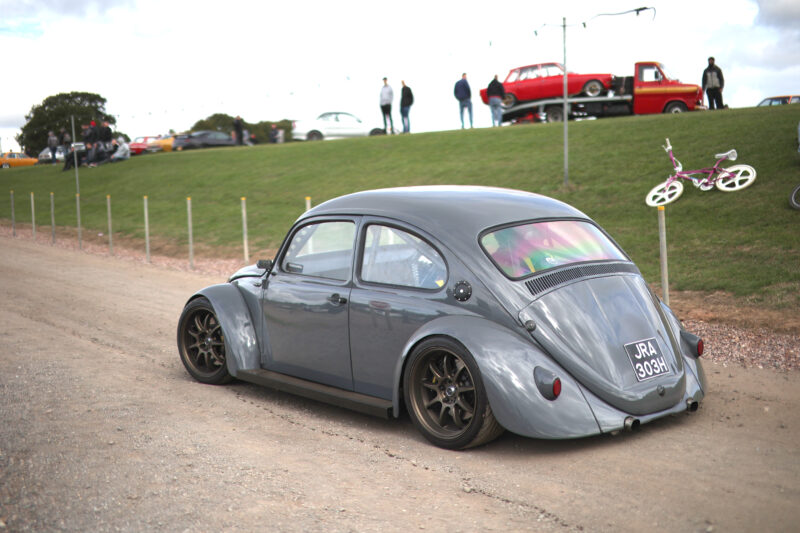
But how do you decide which to fit? You can’t just pick the wheels you like the look of and simply chuck them on the car. You need to consider myriad variables and measurements: diameter, width, Pitch Circle Diameter (PCD), i.e. how many wheel nuts and how far apart they are, centre bore size, and, just as importantly, offset. Offset is the distance between the centre line of the wheel and the hub mounting surface and will determine how far in or out your wheels will sit when they’re bolted to the hubs.
With that in mind a wheel can have one of three types of offset:
Zero offset: The mounting surface is exactly in the centre of the wheel
Positive offset: The mounting surface is closer to the road
Negative offset: The mounting surface is closer to the car
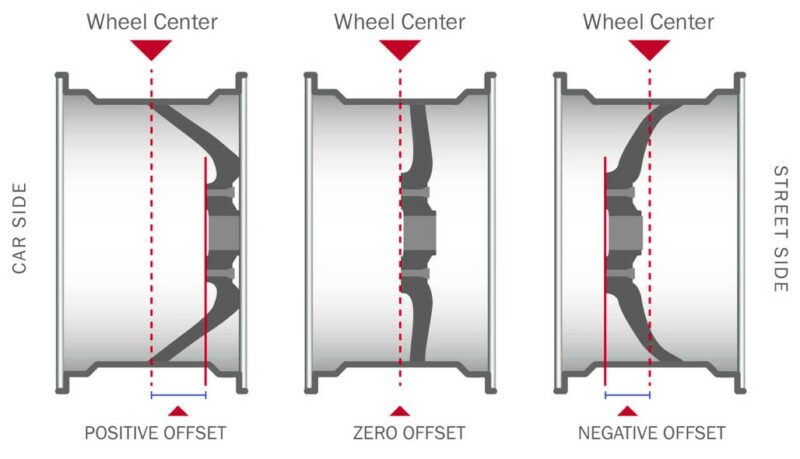
For example, a wheel with +40 offset means that the mounting point is 40mm away from the centre line of the wheel, towards the road. A lot of wheels will have the offset stamped on them in the form of an “ET” number (Einpress Tiefe – German for insertion depth) but for those that don’t you’ll need this handy guide.
Talk Me Through It
NB: willtheyfit.com is a handy web site that calculates fitment for you once you have your figures to hand and can really help when deciding which wheels to go for.
1) Grab the wheel you want to measure, whether it be second hand, a brand spanker or if you have to remove it from your car.
2) Lay the wheel flat on its face on a sturdy surface. It’s not necessary to remove the tyre if one is fitted.
3) Take your straight edge and rest it against the rim/tyre.
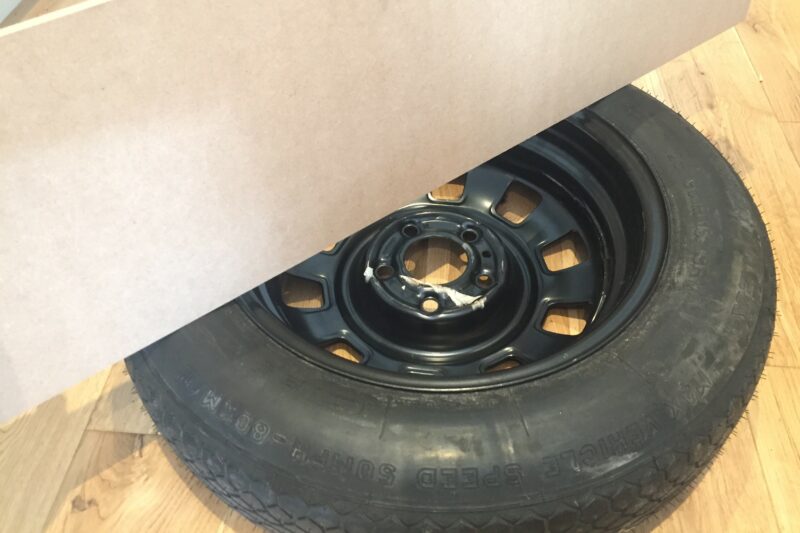
4) Measure from the floor to the bottom of the straight edge in millimetres and then divide this number by two to get the wheel’s centre line measurement. We’ll call this A.
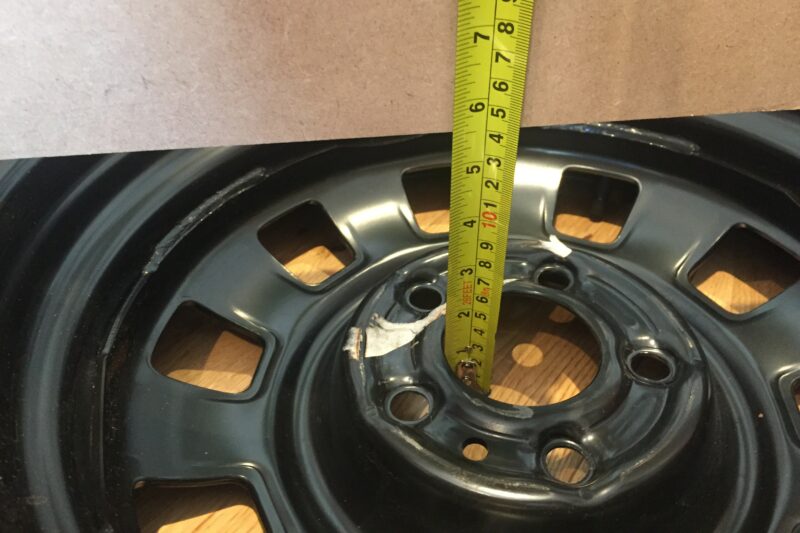
5) Keeping the straight edge in place, measure from the hub mounting point of the wheel to the bottom of the straight edge to get the wheel’s backspacing measurement. We’ll call this B. If this number is larger than the centre line measurement then the wheel has a positive offset, if it’s smaller then the wheel has a negative offset.
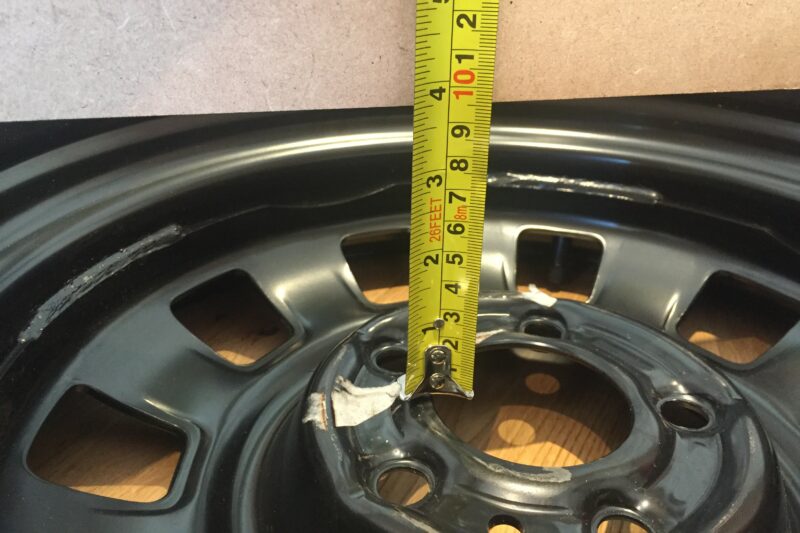
6) Subtract the centre line measurement (A) from the mounting point measurement (B) and this will be your offset figure.
In the case of our example space-saver wheel the centre line measurement (A) is 70mm (140mm total width divided by 2) and the backspacing measurement (B) is 95mm. Therefore B minus A is 95mm-70mm = 25mm, meaning our wheel has a positive offset of 25mm, which is exactly what is stamped on the rim and solid proof that the maths works.
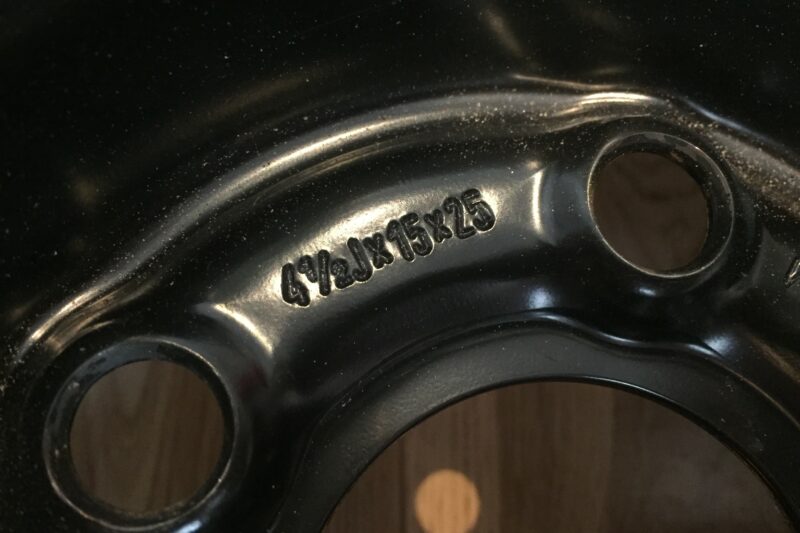
Conclusion
Changing the wheels on your classic can make all the difference and will potentially have a significant impact on not only how the car looks but also how you feel about it. Trust us, we know, but making sure the fitment is correct and safe is crucial. So, before you commit to those wheels you’ve been lusting over just make sure that they are suitable for your car and its suspension geometry, ensuring that they’re going to actually fit properly first. You’ll thank us in the long run.

